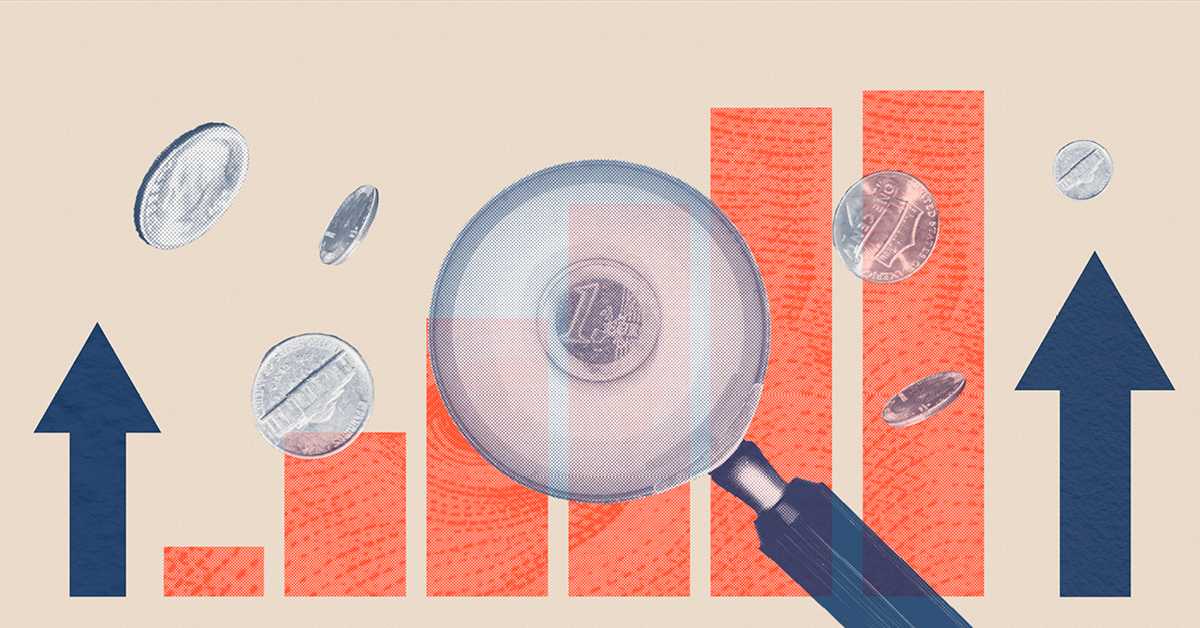On 31 May Eurex issued a notice circulating that, as part of their regular review, they were changing both the stress scenarios and the confidence level used in the Stress VaR component of Prisma – their margin algorithm – over the weekend of 8 – 9 June.
It would be interesting to know how many people read all the way to the bottom of this notice, including the attachment. Changing some parameters doesn’t sound too bad. And if you got as far as the PDF attachment, the first table showed various periods from which stress scenarios for the different product types were to be taken. Most of these looked familiar – October 2008 for instance.
But it was in the second table that the real change was detailed. This contained the changes in the confidence level. Each Liquidity Group (set of similar products such as Equities, FX or Fixed Income) has its own set of parameters. For the majority of these the confidence level used in Stress VaR was actually slightly reduced. But for the Fixed Income liquidity group the level had changed from 92.67% to 94.28%. And this sort of change can make a big difference to the margin calculated.
So, What Is The Impact On Margin?
As with any margin calculation – especially one based on VaR – it depends on your portfolio. For a simple portfolio in a single Euribor future we have actually seen a small decrease in margin, even though this margin is driven by the Stress VaR component. The change in the stress scenarios has slightly reduced the individual scenario losses, and also, because for this product the losses for each scenario are quite similar, changing the confidence level does not have a big impact.
However, for an equally simple OTC portfolio consisting of a couple of EUR swaps and a FRA, we have actually seen a near 40% increase in margin. Here, the margin was previously being driven by the Historic VaR, but now it is the Stress VaR that is predominant.
Interestingly, for an equivalent USD portfolio, the margin before and after the change is driven by the Stress VaR component, but here the increase in the confidence level, as well as a general increase in the scenario losses, has made a 20% difference to the number calculated.



